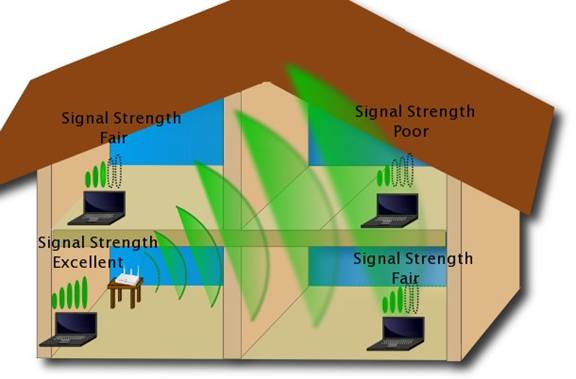Here at Geekabit we just love to talk about wifi. Bad wi-fi, good wi-fi and where there is access to free wi-fi that you just would not expect to find it (there is wi-fi in some graveyards in the States…honestly), but this week we got thinking about public wi-fi right here in the UK. Research released recently has shown that the UK now has at least 1 public wi-fi spot for every 11 people… Pretty impressive growth considering the Office for National Statistics conducted a survey in 2011 which stated that 4.9 million people connected to the internet through wifi hotspots – there are now over 5 million BT hotspots in the UK – let alone from other providers!
Global hotspot numbers are expected to reach more than 340 million over the next three years, which (accounting for population growth) is the equivalent of 1 wi-fi hotspot for every 20 people on the planet. But the distribution will not be equal, of course – in the States this is thought to be 1 hotspot for every 4 people, in African states the average would be 1 for every 408.
A quick read of an online report from the BBC in 2011 on the proliferation of wi-fi in public places reminds us how far businesses have come, as we are reminded that The Cloud offered free wi fi in restaurants such as Pizza Express and Pret A Manger, but only when you were eating a full meal – no wi fi for those dropping in for a coffee! Progress has been made, and most places offer free wi fi to all customers, but those who have the most fans are the companies with the most straightforward log-in process… who wants to be faffing with too many details and passwords?
We end today’s mini round-up of wi-fi facts with a quote from the digital advisor to Boris Jonson in 2011 “Wi-fi is not something we would put money into. We put money into things with a direct application to public service, like transport.” No wonder private companies such as BT and Google are pioneering free wi-fi hotspots to the masses!




